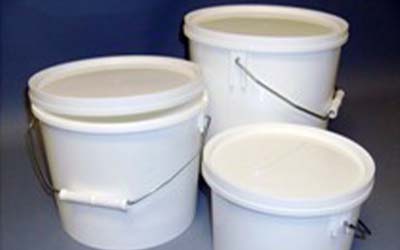The discipline of Anatomic Pathology is understandably one of the greatest hoarders in the medical profession. While so many other fields of medicine have transitioned to electronic data retention for historical records, in anatomic pathology there still exists the necessity for a tremendous volume of ‘hard’ storage. Hard storage constitutes the physical elements that are the subject of diagnostic decisions in surgical pathology and research. Every element involved such as grossed wet tissue in preservative (fixative), paraffin embedded tissue blocks, and microscopic tissue glass slides; all of these are traditionally retained for weeks, months, and even decades. The anxiety and insecurity in the possibility that a past diagnoses might one day be questioned, and the legal liability of not retaining the element of the actual diagnosis, has caused a great reluctance to dispose of these items. Thus, there is an endless and growing need for storage. With this in mind, storage must be viewed as a broad general concept that has options to accommodate each element within. In this 2-Part series we will discuss a plethora of storage options from simple, cost-effective systems that are light-weight, mobile and transitional, to the high-end, large volume, permanent placement systems.
In anatomic pathology, particularly research, there is oftentimes the need for the archival of large, whole organ specimens such as kidney, liver, brain, etc. During and after proper fixation of tissue, these specimens are stored in the fixative solutions sometimes for years.




Each individual unit has corrugated drawers along with removable plastic insert trays. Because of the light-weight design of this storage system, the individual trays can be taken out and used to store the most recent and active cases for that day or week, then filed back into the drawers. As the unit volumes continue to expand, special outer cartons can be utilized for long-term storage.
These same requirements needed for the paraffin blocks are also needed for the subsequent glass microscopic slides that are produced from the blocks. After diagnostic review, short term and long-term storage is needed, and this same type of organized system can be employed as a cost-effective solution. You will note in the final image to the right that the slide storage system is designed differently from the block storage system with deeper drawers and plastic trays to accommodate the height of the microscope slides.

Reference:
- Brown, S., ‘Histology Block & Slide Storage Options’, LabStore Highlights, 2020.
- www.labstore.com

